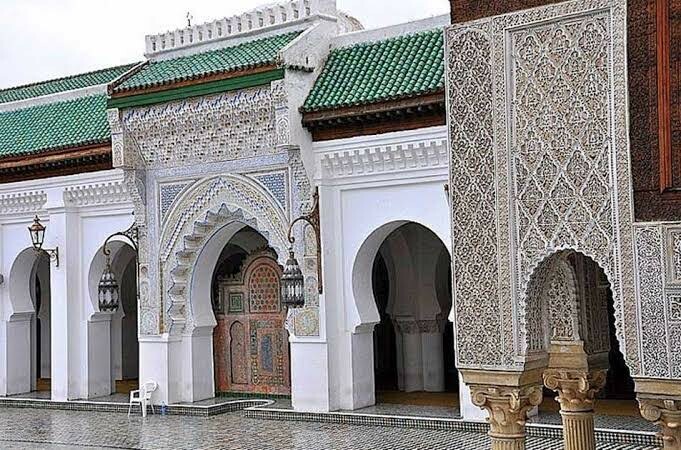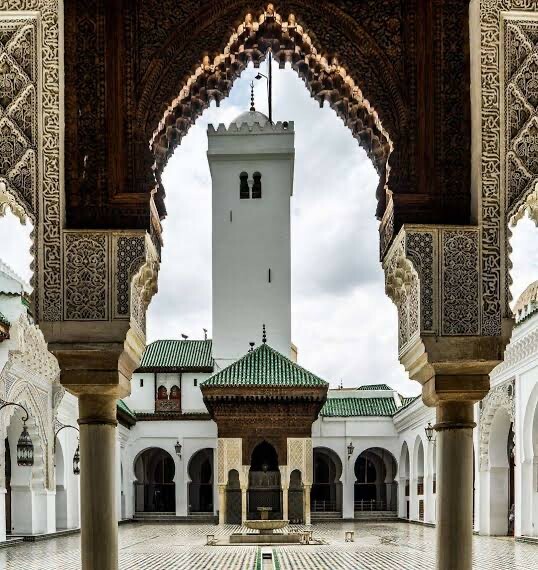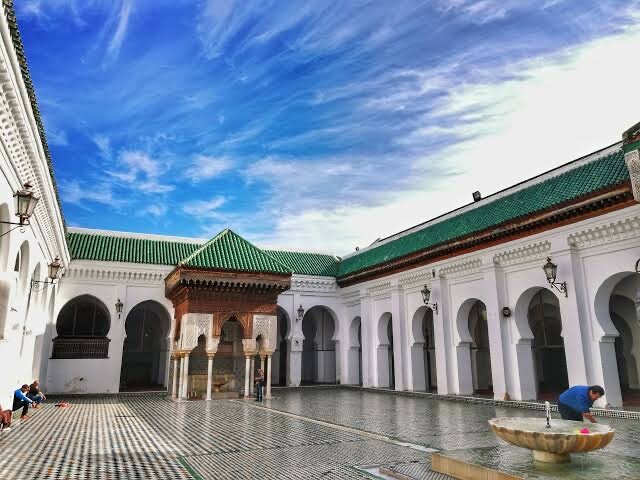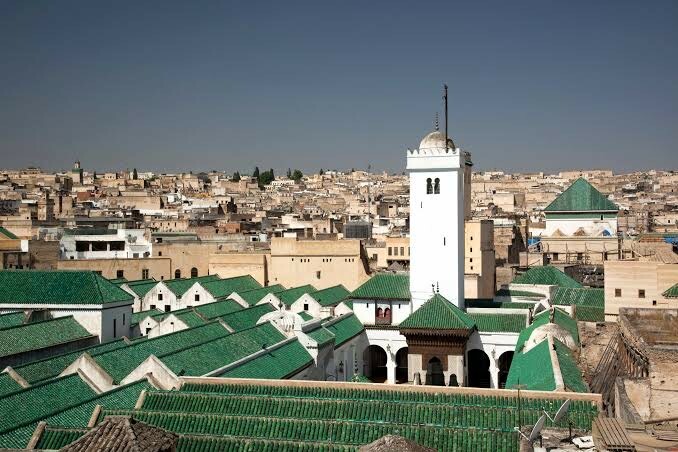"The secret to building a nation is raising thinking women" - Brymo (Nigerian singer, songwriter and recording artist).
Africa is home to four of the world's oldest educational institutions in the world - a fact which is in sharp dissonance with the overall level of development across the continent, amongst other factors. These institutions came into being on the back of preserving the cultural heritage of most African societies through a system of formal education that embraces the universality of ideas and encourages young Africans at the time to become thought leaders and professionals. Some of these universities have remained in continuous operation as we shall soon see.

When it comes to formal education at the highest level such as university education in Africa, the common historical narrative is that the vast majority of these schools were founded after a series of civil wars. Because of this, it is assumed that higher learning in Africa did not commence until after slavery. This is however far from the truth. A cursory look at historical records spotlights the oldest institution in the world at the North African country bordering the Atlantic Ocean and the Mediterranean Sea - Morocco.

This university, known as al-Qarawiyyin, which means "University of the People from Kairouan" was founded in 859 AD by a young princess from Tunisia, Fatima al-Fihri.
al-Qarawiyyin University is the long term existing, continually operating and the first degree awarding educational institution in the world according to UNESCO and Guinness World Records and is oftentimes referred to as the oldest university in the world. It is located in Fes in Morocco - a one time leading spiritual and educational centre of the Muslim world.
Legend has it that over 1200 years ago, al-Fihri and her family moved from Qayrawan (modern-day Tunisia) to Fes, the cultural capital of Morocco.

After her father’s death, al-Fihri decided to spend her family’s inheritance on building a mosque for her community with a madrasa, Islamic school to give people the opportunity to practice their faith and still expand their knowledge on spiritual issues. The mosque, which began with enough room for 22,000 worshipers, is one of the largest in Africa.
The madrasa (Islamic school) was initially meant to focus on religious instruction and Quran memorization but later expanded to teach calligraphy, Arabic grammar, Sufism, medicine, music and astronomy.
In 1947, the school was registered into the state education system and ten years later, chemistry, physics and foreign languages were introduced.
In 1963, it joined the modern state university system, and in 1965 it was officially renamed “University of al- Qarawiyyin” rather than simply “al- Qarawiyyin”. The university, during its early days, attracted some of the highest quality teachers at the time. It also received many applications from different parts of Morocco and Islamic West Africa, as well as, Muslim Central Asia, hence the school came out with a rigorous selection process.
Some of these conditions are still in place currently. For instance, students applying to study at the University must have memorized the whole Quran if they are even to be considered. The University of al-Qarawiyyin’s library is also recognized as the oldest in the world. It contains over 4000 manuscripts, many of which date back to the 9th century.
The university is still traditional in the way it teaches. Students, especially those between the ages of 13 and 30, who study towards high school-level diplomas and university-level bachelor's degrees, sit in semi-circles around a sheikh to read texts, ask or answer questions in particular areas of interest. Spanish Muslim converts frequently attend the institution, largely attracted by the fact that the sheikhs of Al-Qarawiyyin, and Islamic scholarship in Morocco in general, are heirs to the rich, religious, and scholarly heritage of Muslim al-Andalus.
It is loudly ironic that this institution which was birthed out of the generosity of a young woman did not admit a female student into the university until the 1940s.
